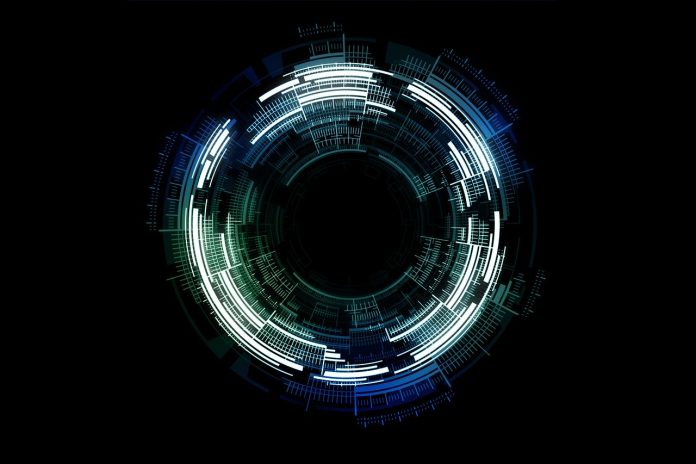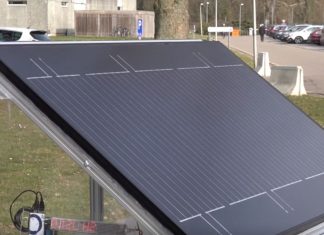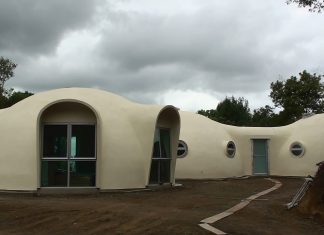Going off grid is never truly an easy process. There are a variety of issues you need to consider before you do, and even once you have a plan, various permits or laws can try to limit what you can and can’t do depending on where you live. Of course, as we advance so does our technology, and that technology can help with some of the fairly big issues (though not the bureaucrats or the lobbyists), especially when it comes to energy production and storage to power your off grid dreams.
When it comes to energy production, there are a few options. You can go with a generator if you don’t use a great deal of power on a consistent basis and having one for an emergency is always a good idea. We also have solar panels, probably the most popular and fastest growing, in terms of use and development, among those looking to go off grid or reduce their carbon footprint. Then there are the lesser used options such as wind turbines and hydro turbines, both of which are more condition or location dependent but can be great as a supplemental power source.
The real question is what do you use to store all that power you’ve generated regardless of your source? Obviously the answer is “batteries, duh!”, but the type of batteries has been limited to either your typical car battery styled system with multiple heavy lead acid batteries, or the more modern Lithium Ion battery systems such as the Tesla PowerWall. PowerWall style systems are great and for now they seem to be the direction the future is headed when it comes to power storage, but what if there were batteries that could hold their charge longer? What if we could also reduce the amount of nuclear waste material that needs to be stored by using it to produce these new batteries?
This is where the University of Bristol in the UK comes in. They have managed to produce and test diamond batteries that utilize radioactive carbon-14 from nuclear power plants. In the UK and other nations some nuclear plants use graphite blocks in their reactors and in the process they end up absorbing the carbon-14, which makes them a waste material that is required to be sent to specialized storage for disposal. By adding a sliver of diamond, scientists have managed to create a battery prototype that, in theory, could hold its charge for thousands of years! They encase the radioactive material in an outer shell of diamond which contains the radioactive particles and makes the new batteries safe for both commercial and consumer products.
These are in the early stages of course, so don’t expect to go buy diamond batteries down at your local Wal-Mart anytime soon, but the potential for such a battery could completely revolutionize how we store energy for off grid living and from renewable sources in general! These batteries could mean we end up with cell phones that never run out of charge, hearing aides that never need batteries replaced (or almost never depending on how it all pans out of course), electric vehicles that only need to be charged once a year or more, and home battery systems that can provide reliable, steady power no matter the weather conditions or how long you go without a sunny day. Even if they can’t manage to provide enough power for higher energy applications, the sheer number of low energy uses would still be a game changer.
They are hoping to have a production process in place in the next 5 years, and with most of the UK reactors going offline in the next 15 to 20 years, their timing couldn’t be better as they will have a massive supply of material to work with. On top of potentially changing the entire game when it comes to energy storage, they would also be keeping tons of material out of an ever shrinking space for radioactive waste. I believe that is we call a “win-win” for all involved.
Welcome!Log into your account














